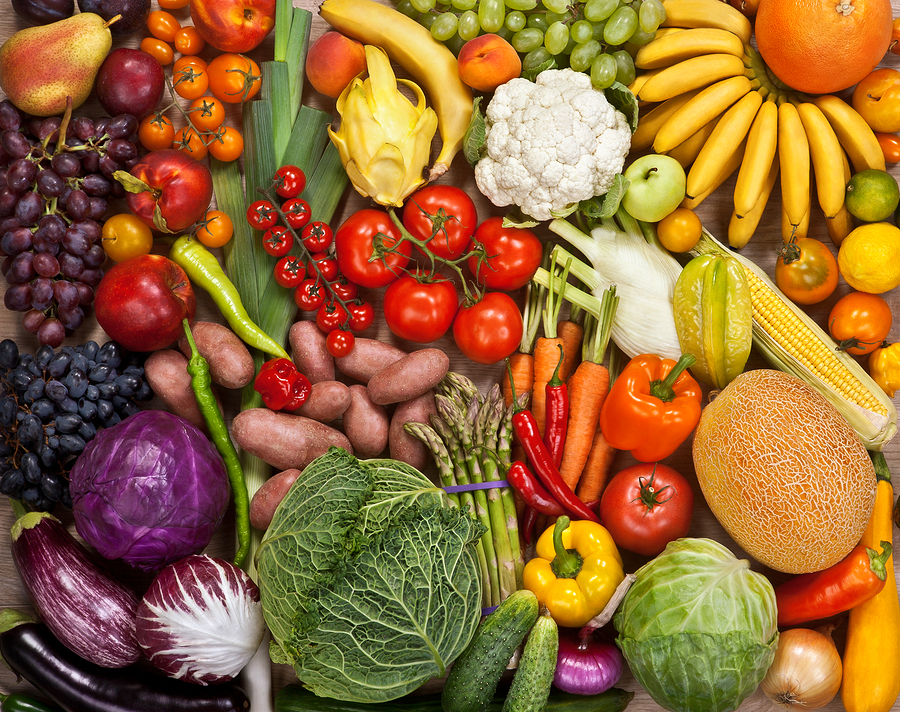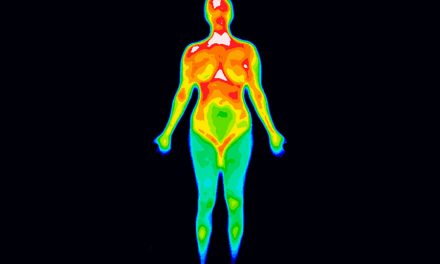When people think fiber, they think constipation. And it’s true: If we could get Americans to eat just the minimum recommended daily intake of fiber-containing foods, we could save our country $80 billion—and that’s just from the effects on constipation alone. But that’s not all. “Accumulating evidence indicates that greater dietary fiber intakes reduce risk for type 2 diabetes, cardiovascular disease, certain cancers, weight gain, obesity, and diverticular disease, as well as functional constipation.” So, we need to eat more fiber-rich foods, which means eating more whole grains, vegetables, fruits, and legumes (beans, split peas, chickpeas, and lentils).
RELATED STORY:
As fiber intake goes up, the risk of metabolic syndrome appears to go down, with less inflammation and an apparent step-wise drop in obesity risk. It’s therefore no surprise that greater dietary fiber intake is associated with a lower risk of heart disease: There is a 9 percent lower risk for every additional 7 grams a day of total fiber consumed, which is just some rice and beans or a few servings of fruits and veggies.
How does fiber do its magic? What are the mechanisms by which dietary fiber may extend our lifespan? It helps get rid of excess bile, feeds our good bacteria, and changes our gut hormones, which collectively helps control our cholesterol, body weight, blood sugar, and blood pressure, thereby reducing the risk for cardiovascular disease. Reducing inflammation is a whole other mechanism by which fiber may help prevent chronic disease.
An accompanying editorial to a fiber and heart disease meta-analysis implored doctors to “enthusiastically and skil[l]fully recommend that patients consume more dietary fibre”––which means a lot of whole plant foods. If we do buy something packaged, however, the first word in the ingredients list should be “whole.” But, even if it is, the rest of the ingredients could be junk. A second strategy is to look at the ratio of grams of carbohydrates to grams of dietary fiber. We’re looking for about 5 to 1 or less. For example, whole-wheat Wonder Bread passes the first test: The first word in its ingredients list is “whole.” However, it then includes corn syrup and the contents of a chemistry set. So, let’s see if it passes the 5-to-1 rule.
In my video The 5-to-1 Fiber Rule (see below) I show examples of some Nutrition Facts labels. The whole-wheat Wonder Bread lists 20 grams of carbs and 2.7 grams of dietary fiber per serving. Dividing the carbohydrates by the dietary fiber, 20 divided by 2.7, is about 7, which is obviously more than 5, so back it goes onto the shelf. It’s better than white Wonder Bread, though, which comes in at over 18. Ezekiel sprouted grain bread, however, makes the cut: 15 divided by 3 equals 5.
RELATED STORY:
You can do the same thing with breakfast cereal. Multi-Grain Cheerios sounds healthy but has a ratio over 7. Uncle Sam original cereal is an example of one that makes the cut, sliding in under 4.
RELATED STORY:
The editorial concluded that the “recommendation to consume diets with adequate amounts of dietary fibre may turn out to be the most important nutritional recommendation of all.”
In health,
Michael Greger, M.D.
*Article originally appeared at Nutrition Facts.












